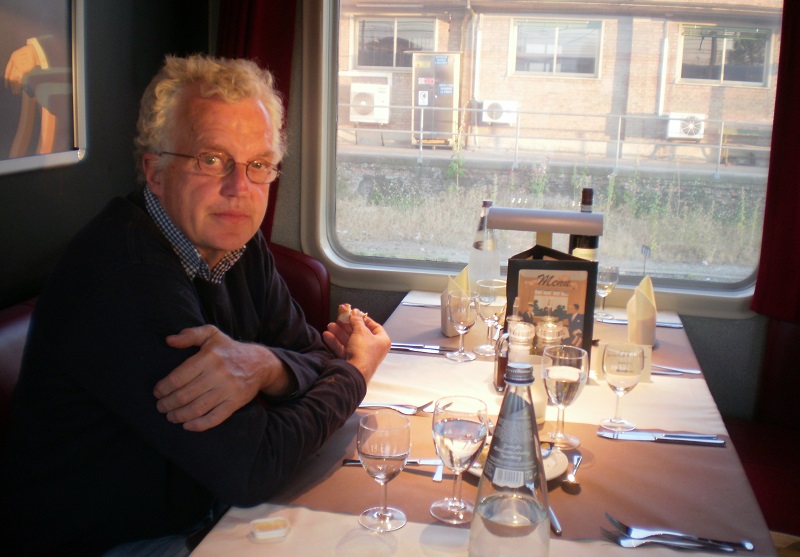The 150th anniversary of the Tube, celebrated with steam engines being operated on the system for the first time in decades, demonstrated yet again the power of innovation, a theme about which I have become somewhat obsessed. The Underground system was testimony to the remarkable innovative spirit of the Victorians as the idea of digging up streets, installing a railway system and then covering them over again was truly mould breaking.
The very basis of the Victorians’ inventiveness was that they were not afraid to try and fail.. Atmospheric railways, powered by vacuums created by static steam engines never took off despite Brunel’s support because of technical difficulties of maintaining the vacuum, not least in the face of rats who took a liking to the grease used to keep the leather flaps moist. Elevated railways were at one time considered an alternative to the subterranean lines that changed the face of London. There was, too, the idea of circular escalators, about which I have a particular interest since the only attempt to create them was at my local Tube station at Holloway Road and they are now just a pile of miscellaneous bits at the London Transport Museum.
So the Victorian era was characterised by both successes and failures, but I worry that if someone came along with the equivalent of an Underground railway system today, they would not be able to see their project through. Take, for example, the aerial cableway which Boris Johnson has had installed across the river and which goes by the awful sponsored name of Emirates Air Line. Since the Olympics, this particular system has attracted few passengers since there is little demand for travel between the two sites it links in deepest East London, but that does not mean the concept is a bad idea.
Indeed, quite the opposite. It is surprising that these aerial cableways have been largely confined to ski resorts when one can imagine that for certain levels of flow – up to possibly 5,000 passengers per hour – they could provide extremely useful links in urban areas. Moreover, they are attractive and offer amazing views, ensuring there would be a tourist component, too.
This applies, too, to one of the other innovations I came across in 2012, the pods at Heathrow Terminal 5 which I wrote about last May. These, too, would seem to have much wider potential application for use in the urban realm.
As I write, this, too, The Guardian has an article which shows that battery operated trains are quite feasible, with a range of up to 600 miles. Inevitably, there are problems with the weight and life of the batteries, but this is certainly an area worth exploring, notably for trams in historic town centres.
The barriers to innovation, however, are legion. Developing new technologies is expensive and therefore. Moreover, governments are slow to become aware of which technologies to back and what they can do to support them. They are hamstrung, too, by the need for consultation and planning that often slows down the introduction of new ideas. Or indeed old ones. The remarkable amount of time which it is taking to build HS2 – 20 years plus – is a case in point and railways are pretty old technology.
One of the reasons for my scepticism about HS2 is on the basis that it does not take into account future development of technology. Just look at how technology has changed since 1993 when mobile phones had barely taken root, Google, Facebook and Twitter were but twinkles in their founders’ eye and digital TV was just starting. Will there really be enough people wanting to pile into what are likely to be expensive trains in 20 years time to justify the huge expenditure on this project?
And here’s where I stick my neck out. The next big technology, one with such huge implications that it is impossible to being to predict them, is driverless cars. Google, which is investing billions in the project, announced back in August that its fleet of more than a dozen driverless cars had completed 300,000 miles – ten times round the world – without an accident. The cars have driven through San Francisco and through various parts of California and Nevada – where a law has been passed allowing them – and while there are no plans to produce them commercially yet, their time will inevitably come.
Perhaps they will start by being driven only on motorways but even that would have enormous consequences. It would combine many of the advantages of train travel with the flexibility of car use. Think trucks, too. The economics of transport would change as radically as they did when the railways were first developed. The time frame may be a decade or two, but the consequences will be much more far reaching than, say, the much talked about electric cars. The driverless car – or rather motor vehicle – is the innovation that we ought all to be taking into account in our future thinking.
